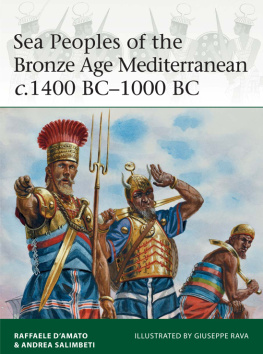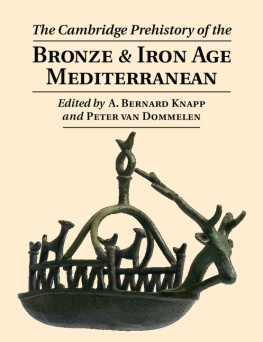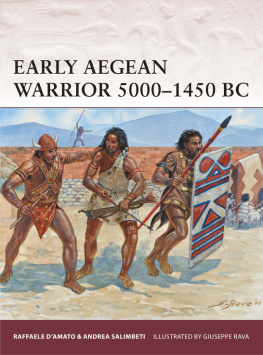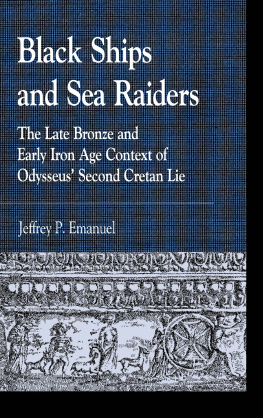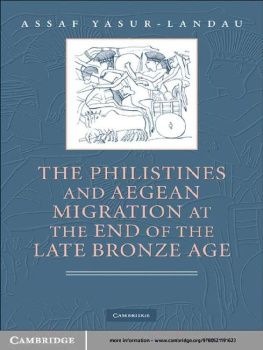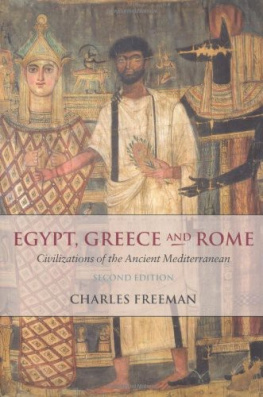Elite 204
Sea Peoples of the Bronze Age Mediterranean c.1400 BC1000 BC

| ANDREA SALIMBETI & RAFFAELE DAMATO | ILLUSTRATED BY GIUSEPPE RAVA |
Series editor Martin Windrow
CONTENTS
Composition of the host depicted in the Medinet Habu reliefs 
SEA PEOPLES OF THE BRONZE AGE MEDITERRANEAN c.1400 BC1000 BC
INTRODUCTION
The term Sea Peoples is given today to various seaborne raiders and invaders from a loose confederation of clans who troubled the Aegean, the Near East and Egypt during the final period of the Bronze Age in the second half of the 2nd millennium BC.
Though the Egyptians presumably knew the homelands of the Sea Peoples, that information has since been lost. Many attempts have been made to determine the origins of the various groups from textual and iconographic evidence, and by study of their material culture as identified in Cyprus and the Levant. This material culture is characterized by locally made Achaean-style pottery, and a considerable but not exclusively Aegean origin has therefore been argued for the multi-ethnic coalition of Sea Peoples.
The reliefs and inscriptions at Medinet Habu in Egypt, together with Hittite written sources, reveal the emergence of European populations as an influential power in the political and military arena of the Near East and Egypt in the last centuries of the 2nd millennium BC. The movements of barbarian raiders, the crisis of the so-called Palatial system, internal quarrels, and the need for new settlements among the inhabitants of the Aegean area forced defeated leaders to seek refuge and new lands in Western Asia. The records of Pharaoh Ramesses III reveal the repercussions of such Greek migrations and conquests among the Egyptians and neighbouring nations. These newcomers were among the reasons for a sweeping change in Late Bronze Age society, and for the fall of the Palatial societies in Greece as well as the Levant. Scholars have puzzled over whether the Sea Peoples were directly responsible for the collapse of some Late Bronze Age civilizations or were only one of several catalysts, but their movement was certainly one of the most significant migrations in the history of the Mediterranean world.
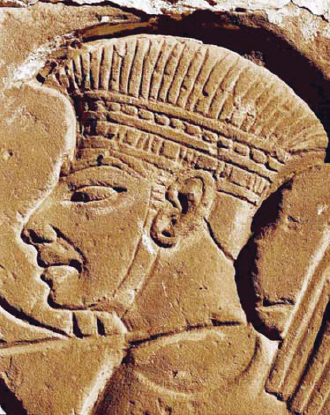
A prisoner captured by the Egyptians, possibly a Peleset warrior, wearing a typical feathered, reed or leather-strip tiara helmet or headdress. This is a detail from the depiction in the Medinet Habu temple reliefs of Ramesses IIIs naval victory, c.11911178 BC. (Authors collection)
Many of these Northerners (as they are called in Egyptian texts) were well acquainted with the sea; for at least two centuries the Sherden people had been well known both for their piracy and for their prowess as mercenaries. The shores and islands of the Aegean, as attested by the pottery finds classified as Late Helladic IIIC period (LHIIIC, c.11501050 BC), were ravaged by confrontations, while many powerful citadels of Late Bronze Age Greece crumbled. Some of these, such as Tiryns in Argolis and Enkomi in Cyprus, became bases for the Sea Peoples and their occasional confederacies. These events may have provoked the Achaean princes to piracy and a search for new lands in the East, confronting the Hittites in Asia Minor who stood in the way of their advances inland from the Aegean. This struggle between the newcomers and the Anatolian population may have been among the causes of the Trojan War.
By about 1200 BC the tide of invasion from Europe had swept across Asia Minor, broken up the Hittite Empire, and spread out over the coasts of Anatolia and the Fertile Crescent; here some of the invaders also involving Semitic peoples in their migratory movement began to settle permanently. Amidst all this turmoil, elements of older populations were dislodged; some mixed with the invaders to form new elements of the migratory flow, and others simply fled in search of new homes. As the disintegration of the older states progressed the Sea Peoples increased in numbers and diversity of tribes, extending their attacks towards the south and especially towards the Egyptian empire. The rich cities of the Nile Delta were an attractive prize, and the political situation in Egypt offered an excellent opportunity for new settlement. Some of the newcomers allied themselves with the traditional enemies of Egypt, the Libyans, and supported the latters efforts to settle in the Nile Delta, but this attempt was utterly defeated by the Pharaoh Merneptah in c.1207 BC.
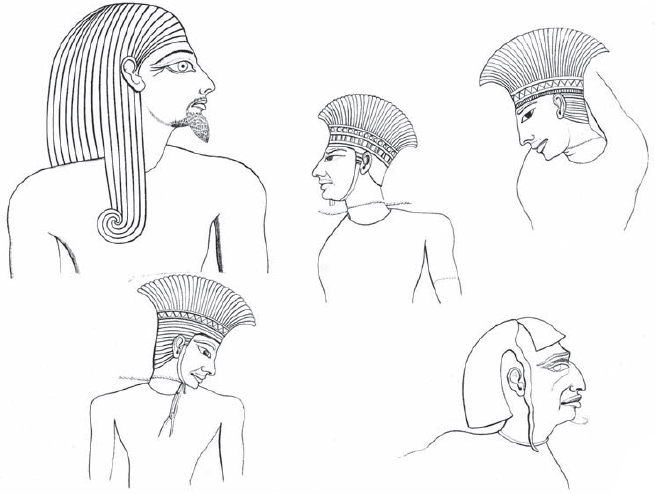
Heads of various enemies of Egypt, from the Medinet Habu reliefs; three of them represent Aegean warriors with the feathered tiara style of helmet. In Egyptian iconography the artists are careful to differentiate the characteristics of various ethnic groups; the long-haired, bearded figure here may represent a Near Eastern Semitic type, and the man with a fringe and sidelocks a Libyan. (ex Rosellini; authors collection)
However, in Year 5 of the reign of Ramesses III the Egyptian texts record troubles in Syria provoked by the invaders, and in Year 8 a more threatening danger arose. While earlier attacks by the Northerners had been limited to seaborne raids on the coastal regions of the Delta, now the Sea Peoples were moving southward not only in a military invasion but in a comprehensive migration, with their families and possessions, to settle in the Asiatic part of the Egyptian empire. Ramesses III faced invasions by land and sea, as enemy ships seem to have co-operated with the main body moving overland. The pharaoh led out his best forces to meet this threat, including foreign mercenaries, and claims to have won complete victories in the subsequent battles by land and sea.
Groups of defeated Sea Peoples were settled as guardians over the eastern frontiers of Egypt, such as the Philistines who were planted along the Palestinian coast. As the power of the pharaohs slowly diminished into decadence, these settlers created their own kingdoms, taking possession of the Palestinian coastal plain that took its name from them. It has even been suggested that some roamed much further west, since the name of present-day Sardinia resembles that of one of the seagoing groups who were prominent among the Sea Peoples.
CHRONOLOGY ( BC )
| 20001700 | Egyptian inscription from Byblos obelisk mentions the Lukka. |
| 14301385 | Annals of Tudhaliya I/II list the Karkisa as taking part in western Anatolian rebellion (Assuwan confederacy) against Hatti. |
| 13861321 | So-called Amarna letters mention the Sherden, Danuna and Lukka. |
| 1350 | Achaean and Sherden mercenaries serve in armies of Pharaohs Akhenaten and Horemheb. |
| 1274 | Battle of Kadesh inscriptions of Pharaoh Ramesses II the Great (r.12791213) mention the Karkisa and Lukka, together with the pharaohs Sherden mercenaries. |
| 1260 | Treaty of Hittite kings Muwatalli II and Alaksandu of Wilusa binds latter to help former if he campaigns against the Karkisa. |
| 1207 | During reign of Pharaoh Merneptah (r.12131203), Great Karnak Inscription lists Ekwesh, Teresh, Lukka, Sherden and Shekelesh among Northerners allied with Libyans against Egypt. On the Athribis Stele a list of captured peoples from the Libyan campaign includes Ekwesh of the Sea, Shekelesh, Teresh and Sherden. |
Next page
